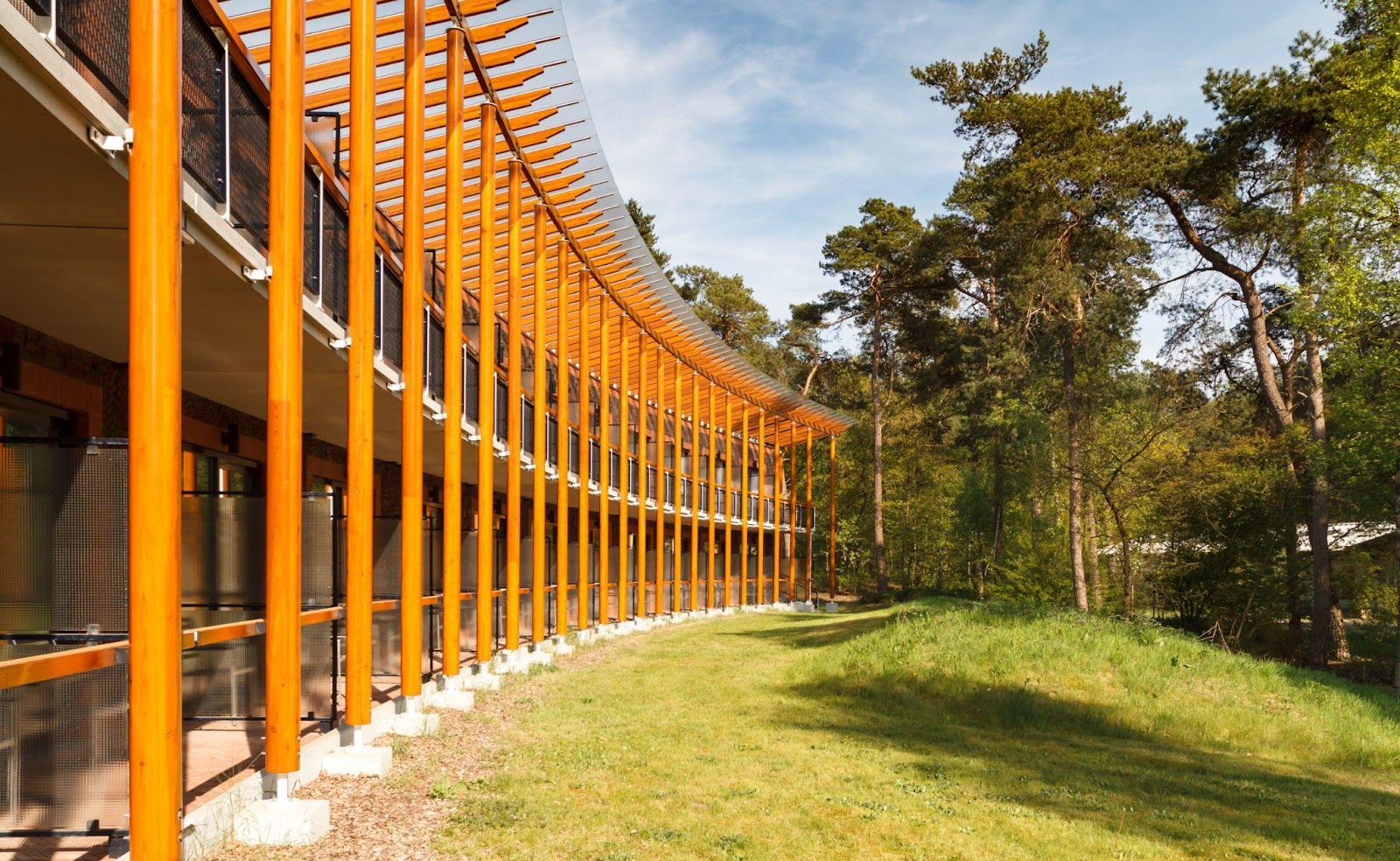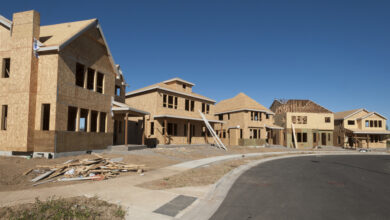
Transforming the Construction Scene: A Look at Sustainable Materials
As our world continues to grapple with significant environmental issues like climate change and resource depletion, sustainable materials have ascended to critical importance in the construction industry. These innovative and eco-friendly materials have begun to transform the construction scene from its traditional roots, setting the wheels of change into motion. They provide the bridge from conventional, often damaging construction practices, seamlessly linking environmental responsibility with structural proficiency. This article will delve into the range of augmenting the construction world and address their ongoing contribution to environmental betterment.
Table of Contents
The Evolution of Construction Materials: From Traditional to Sustainable
The journey of the construction industry, transitioning from traditional materials to sustainable alternatives, reads like a compelling narrative of environmental progress. Traditional materials, such as concrete and bricks, while dependable and commonplace, have been associated with significant environmental impact. They often require extensive natural resources and energy in production, contributing to environmental pollution and the depletion of precious raw materials.
Against this backdrop, the advocacy for sustainable materials grew, providing a greener alternative to traditional construction methods. Today, there is a profound shift within the construction industry as developers, contractors, and clients alike increasingly recognize the imperative for sustainable practices, in which sustainable materials are a central component.
Unlocking the Potential of Sustainable Materials in Construction
A wide array of sustainable materials is available for construction purposes, each exhibiting unique characteristics and benefits. Whether it’s renewable materials like bamboo or recycled materials such as steel and glass, builders now have a toolkit which combines environmental consciousness with function and form.
The advantages of employing such materials extend from improved energy efficiency in buildings to lowering the environmental impact of construction processes. There are numerous global cases where these materials have been used to great success, demonstrating their effectiveness and versatility. Challenges may arise in sourcing and adopting these materials; however, the industry continues to develop innovative strategies for overcoming these hurdles to bring these materials to the construction forefront.
In-depth Analysis of Select Sustainable Materials
Select sustainable materials have gained significant attention, including bamboo, cork, and recycled steel.
1. Bamboo: A Grass Giant with Hidden Strengths
Often mistaken for a tree, bamboo is a fast-growing grass with exceptional properties. Its high strength-to-weight ratio makes it comparable to steel in tensile strength, yet significantly lighter. This translates to reduced foundation requirements and easier transportation. Furthermore, bamboo is renewable, reaching maturity in just 3-5 years compared to decades for traditional hardwoods. Its versatility extends from structural applications like beams and floors to interior design elements like furniture and panelling.
However, bamboo does have limitations. Without proper treatment, it’s susceptible to moisture damage and insect infestation. Research is ongoing to develop effective and sustainable treatment methods to unlock bamboo’s full potential.
2. Cork: Nature’s Insulator Steps Up
Harvested from the bark of the cork oak tree, cork is a natural wonder. Its honeycomb-like cellular structure provides exceptional thermal and acoustic insulation, making it ideal for walls, floors, and roofs. This translates to reduced energy consumption for heating and cooling, leading to significant cost savings over time. Cork is also fire-resistant, hypoallergenic, and boasts a naturally beautiful aesthetic.
One limitation of cork is its availability. While cork forests are managed sustainably, meeting large-scale construction needs requires responsible sourcing practices. Fortunately, advancements in cork production are increasing its viability for wider use.
3. Recycled Steel: Transforming Trash into Treasure
Steel has long been a mainstay in construction, but its production can be resource-intensive. Recycled steel presents a compelling alternative. By utilising scrap steel from cars, appliances, and other sources, the environmental impact is significantly reduced. Recycled steel retains the strength, durability, and versatility of virgin steel, making it suitable for a wide range of structural applications.
A potential drawback of recycled steel is the need for proper sorting and processing to ensure its quality and consistency. However, with established recycling infrastructure in place, this hurdle is manageable.
Sustainable Materials: Impact on Environment and Economy
Beyond their inherent sustainability, these materials offer considerable environmental benefits such as reducing energy consumption, minimising a building’s carbon footprint, and mitigating construction waste.
Economically, the adoption of sustainable materials is a boon. They represent an opportunity to reduce costs over time via energy savings and to stimulate market demand for new products, leading to enhanced job creation in the green sector. Moreover, these materials significantly endorse green building certification standards such as LEED and Green Star, and this is increasingly becoming a core driver for their adoption in architecture and construction globally. Moving forward, we can only envision greater environmental and economic impact through enhanced implementation.
The Future of Construction: Embracing Sustainability
As per various industry leaders, the future of construction shows a strong alignment towards sustainable materials. The ongoing evolution of technology propels this transition, making the application of these materials more streamlined and efficient. Government policies are also tilting favourably towards sustainable practices, endorsing the use of these materials through various incentives and regulations.
Further harnessing the expertise in eco-conscious home architecture will open new possibilities in designing structures that not only appeal in terms of aesthetics but also make a minimal environmental impact. The current trends clearly animate a future where sustainability is not just an option but a norm in the construction industry.
Conclusion
In conclusion, it is evident that sustainable materials are not just passengers in the journey towards eco-friendlier construction – they are the drivers. The substantial transformation in the construction scene, brought about by their adoption, reiterates their importance and emphasises their potential positive impact on the environment and economy. Pressing on, it will be essential for stakeholders to invest further in research to optimise their potential and to commit to widespread adoption in order to fully realise their benefits. Today, sustainable materials prophecy a compelling vision for future construction, one where the industry and the environment thrive symbiotically.








